Life
Sign up for our newsletter
We summarize the week's scientific breakthroughs every Thursday.
-
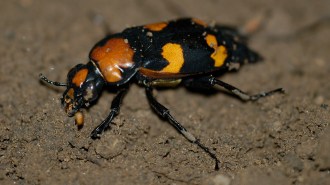 Animals
AnimalsAmerican burying beetles are making a comeback in Nebraska
Thanks to decades of conservation to restore private grasslands, numbers of the threatened insect are on the rise in the Loess Canyons.
-
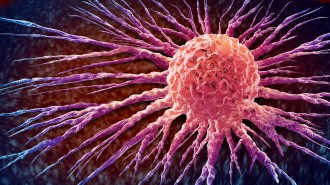 Health & Medicine
Health & MedicineThe spread of breast cancer may be inherited
A variant of PCSK9, a gene involved in raising cholesterol, may spur metastasis. An approved antibody might stop it.
-
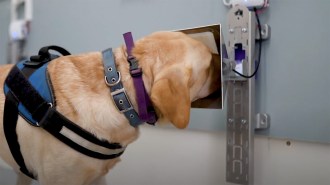 Health & Medicine
Health & MedicineDogs team up with AI to sniff out cancer
Scientists paired Labrador retrievers with an AI model in a new screening test for breast, lung, colorectal or prostate cancer.
By Meghan Rosen -
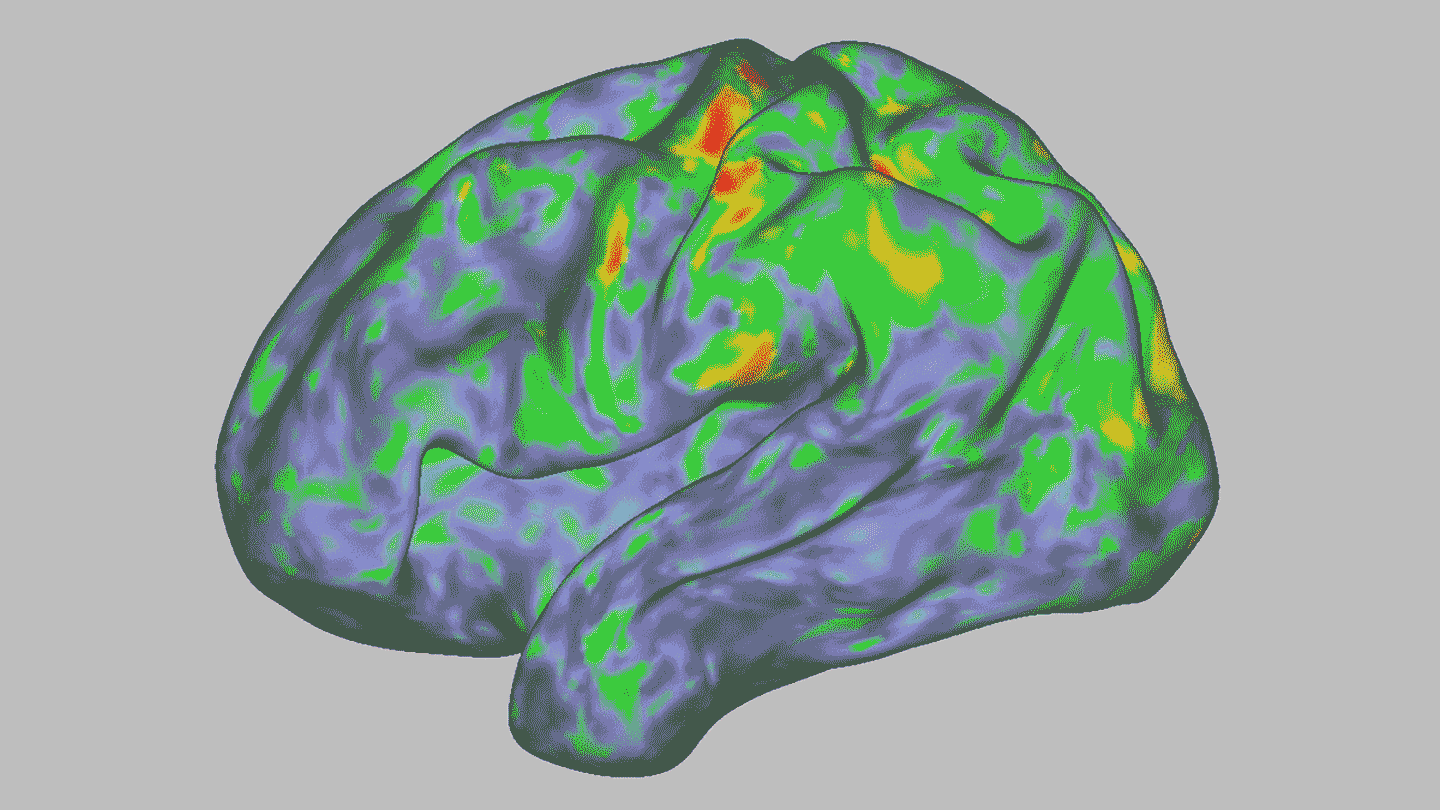 Science & Society
Science & SocietyThese are the 5 most popular Science News stories of 2024
Science News drew millions of visitors to our website this year. Here’s a recap of the most-read and most-watched news stories of 2024.
-
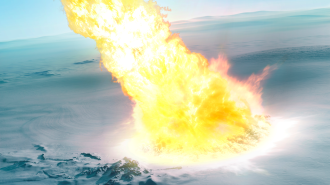 Life
LifeThese scientific feats set new records in 2024
Noteworthy findings include jumbo black hole jets, an ultrapetite frog, ancient asteroid remnants and more.
-
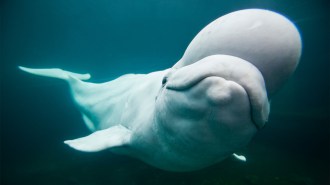 Life
LifeThese are our favorite animal stories of 2024
Pigeons that do somersaults, snakes that fake death with extra flair and surprised canines are among the organisms that enthralled the Science News staff.
-
 Life
LifeSheep earwax can record a dangerous diet
Sheep that eat death camas plants record the toxic meal in their earwax, a goopy health data repository that researchers are increasingly exploring.
By Jake Buehler -
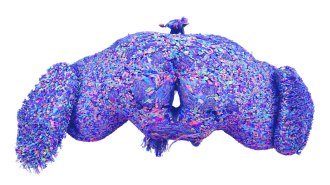 Life
LifeHere are 8 remarkable scientific firsts of 2024
Making panda stem cells, mapping a fruit fly’s brain and witnessing a black hole wake up were among the biggest achievements of the year.
-
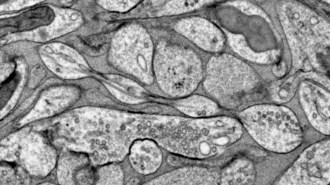 Neuroscience
NeuroscienceThe message-sending part of neurons may be blobby, not smooth
Axons can be shaped like strings of pearls, research in mice and people show. How that shape may influence brain signaling is not yet clear.
-
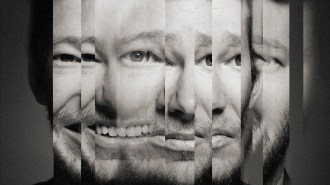 Anthropology
AnthropologyHumans have linked emotions to the same body parts for 3,000 years
3,000-year-old clay tablets show that some associations between emotion and parts of the body have remained the same for millennia.
By Jason Bittel -
 Life
LifeThe ‘Blob,’ an unprecedented marine heat wave, killed 4 million seabirds
Millions of other animals may have perished too, suggesting the die-off event might be one of the worst in modern times.
By Jake Buehler -
 Genetics
GeneticsNeandertal genes in people today came from hook-ups around 47,000 years ago
Most present-day humans carry a small amount of Neandertal DNA that can be traced back to a single period of interbreeding, two genetic analyses find.